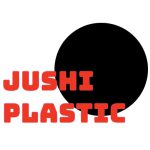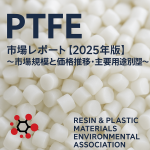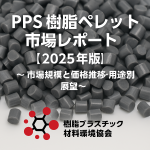Understanding Film Insert Molding: An Innovative Manufacturing Technique
Film insert molding (FIM) is a cutting-edge manufacturing process that combines the durability of plastic injection molding with the decorative and functional advantages of printed film inserts. Widely adopted in industries like automotive, electronics, and consumer goods, FIM allows manufacturers to achieve complex designs and high-quality finishes while maintaining product strength and longevity.
The Process
Film insert molding begins with the creation of a custom-printed film, which can include intricate patterns, textures, or functional elements like touch-sensitive interfaces. This film is precisely cut and thermoformed to fit the desired shape. It is then placed into the mold cavity of an injection molding machine. Once securely positioned, molten plastic is injected into the mold, encapsulating the film and forming a seamless bond.
Advantages of Film Insert Molding
- Aesthetic Versatility: FIM enables the integration of high-resolution graphics, metallic finishes, and even three-dimensional textures.
- Durability: The film layer is encapsulated within the plastic, protecting it from wear, scratches, and fading.
- Cost-Effectiveness: By combining decoration and molding into one process, manufacturers can reduce production steps and costs.
- Environmental Benefits: Using recyclable materials in the film and plastic can support sustainability goals.
Applications
Film insert molding is commonly used in:
- Automotive Interiors / Exteriors: Creating stylish and durable dashboard panels, control buttons, trim pieces, and emblem, front panel.
- Electronics: Producing user interfaces like touch panels and decorative casings for devices.
- Consumer Goods: Enhancing the visual appeal and functionality of appliances and packaging.
Conclusion
As industries continue to prioritize both performance and design, film insert molding offers an ideal solution for producing products that meet these demands. With its ability to combine durability, customization, and efficiency, this innovative technology is shaping the future of manufacturing.
For more insights into sustainable and advanced plastic materials, visit the Jushi Plastic Material Environment Association website.




